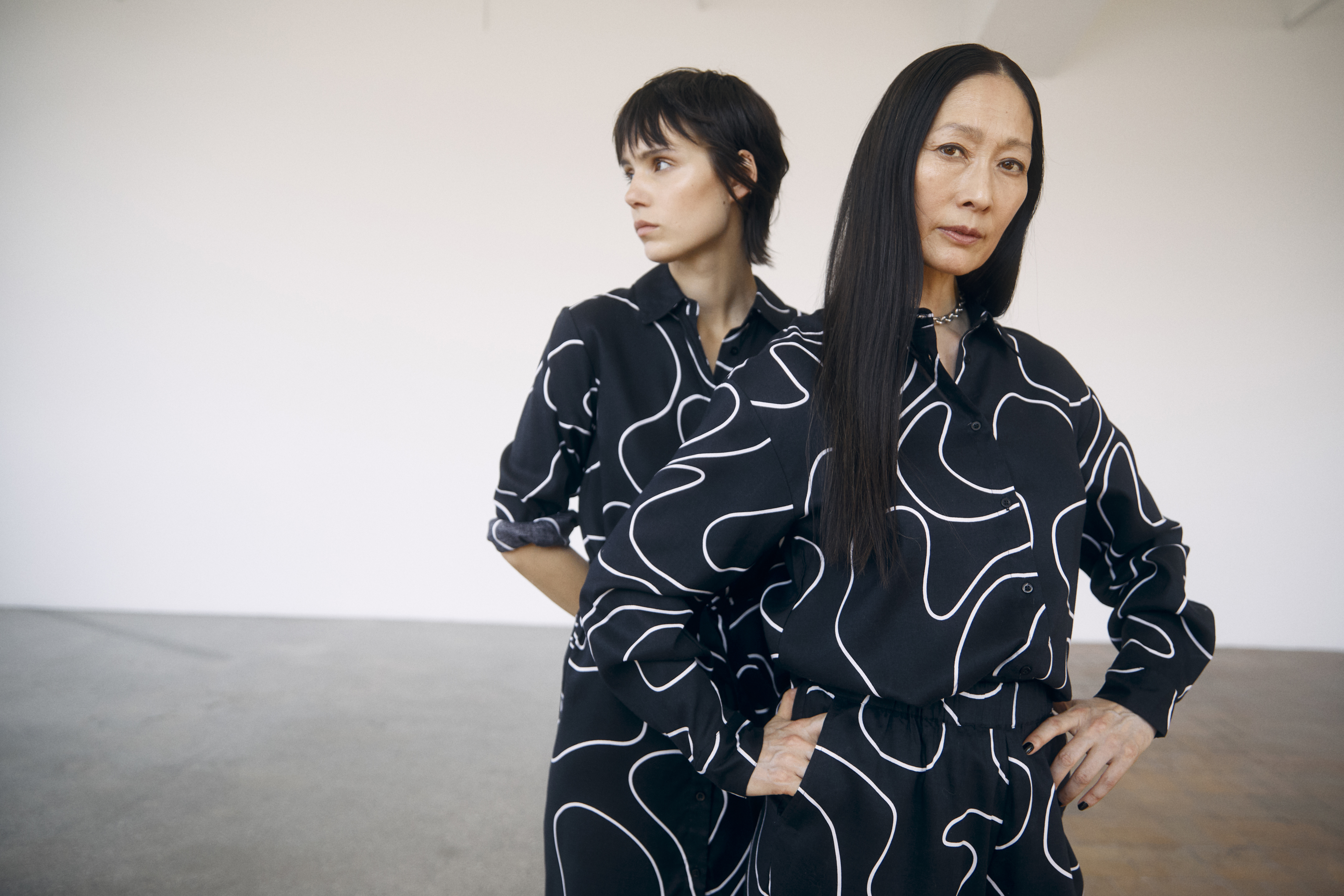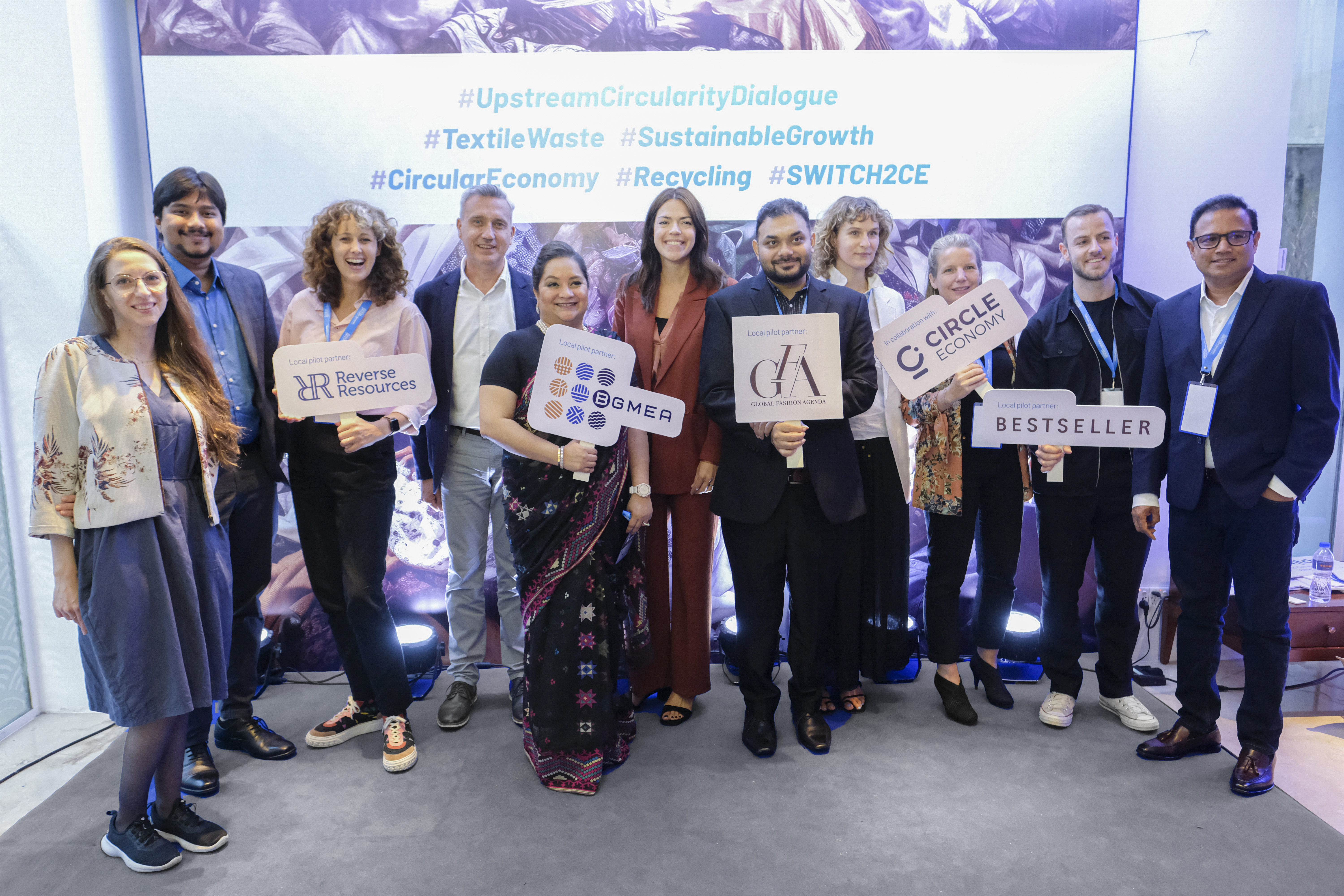In our Lab, we investigate a wide array of innovations. Recycled fibres, bio-based leathers, polyester substitutes and alternative dyestuff and dyeing techniques. Innovation in textiles is strategically important for BESTSELLER and through Invest FWD and our involvement in initiatives such as Fashion for Good, we assess and select early-stage developments, and – when finding the right solutions – we help with scale and investment.
BESTSELLER works determinedly together with Invest FWD – BESTSELLER’s investment arm – to identify the right investment opportunities.
The overall strategy is to invest in innovation that can accelerate the future envisioned by the EU for the fashion industry.
We believe that change happens faster when innovation is supported with the means to thrive and reach commercial scale.
Invest FWD has already invested more than DKK 200 million across several different innovators. By investing both within and outside the business, Invest FWD provides the capital to accelerate positive outcomes for BESTSELLER and the broader industry on the most critical issues covering the full life cycle of fashion: from raw materials to production and post-consumer use.
Focus areas
Examples of concepts and products we focus on – to generate change in the fashion industry:
- Materials (e.g. turning waste into quality fibres)
- New supply chain technologies (e.g. waterless dyeing, 3D printing and blockchain)
- New business models (e.g. second-hand retailing)
- Partnerships for women’s empowerment (e.g. promoting further life-skills to workers in our supply chain)
We acknowledge that there are issues we cannot solve on our own, and we believe that collaboration is key to finding solutions and making lasting changes. That's true for BESTSELLER - and it's vital for innovation. We have joined various multi-stakeholder initiatives and partnerships through which we address industry-specific challenges and opportunities together with other retailers, non-governmental organisations (NGOs) and industry associations.
Since 2018, we’ve been a strategic partner in Fashion for Good - a global community of brands, producers, retailers, suppliers, NGOs, innovators and investors united around shared ambitions of transforming the fashion industry. With our partnership, we aim to identify and grow new innovations and solutions through Fashion For Good’s Innovation Platform.







